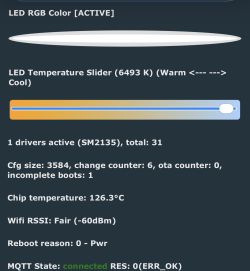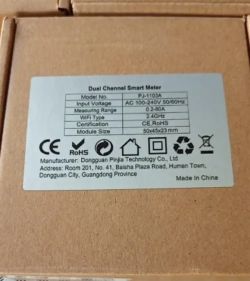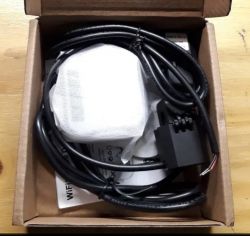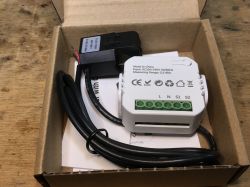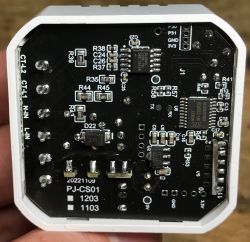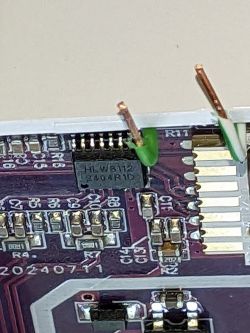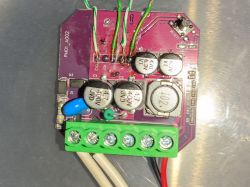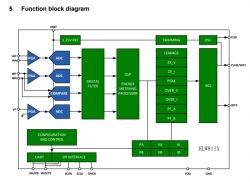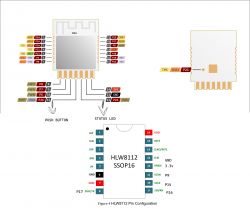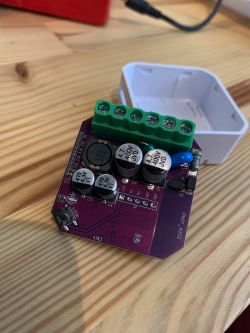Energy meter ordered from Aliexpress
Specifications:
Name: Tuya WiFi Energy Meter
Material: PC
Type: 1CT, 2CT (optional)
Current: 0.2-80A
Input voltage: 110-240 V, 50/60Hz
Accuracy grade: 1.0
Working current: -10℃ to 55℃
Wireless type: 2.4GHz
Item size: 47 * 47 * 18mm / 1.85 * 1.85 * 0.71in
Package size:
1CT: 100 * 100 * 30mm / 3.94 * 3.94 * 1.18in
2CT: 115 * 115 * 40mm / 4.53 * 4.53 * 1.57in
Package weight:
1CT: 150g / 5.29ounce
2CT: 200g / 7.05ounce
EB2S:
Mainboard:
Smart Life application / Tuya platform version check:
JSON Template:
Jailbreaking procedure:
1. Easy as can be done with OTA method so follow instructions from tuya-cloudcutter project and flash OpenBeken-v1.17.262_bk7231n.ug.bin firmware with profile tuya-generic-pj-1103a-energy-meter.
2. After successful upload create autoexec.bat for TuyaMCU handling. Howto here: guide
Example of autoexec.bat required to configure TuyaMCU for channel A:
3. Can be configured more parameters and additional channel B as per:
Extracted dpIDs:
Specifications:
Name: Tuya WiFi Energy Meter
Material: PC
Type: 1CT, 2CT (optional)
Current: 0.2-80A
Input voltage: 110-240 V, 50/60Hz
Accuracy grade: 1.0
Working current: -10℃ to 55℃
Wireless type: 2.4GHz
Item size: 47 * 47 * 18mm / 1.85 * 1.85 * 0.71in
Package size:
1CT: 100 * 100 * 30mm / 3.94 * 3.94 * 1.18in
2CT: 115 * 115 * 40mm / 4.53 * 4.53 * 1.57in
Package weight:
1CT: 150g / 5.29ounce
2CT: 200g / 7.05ounce
EB2S:
Mainboard:
Smart Life application / Tuya platform version check:
JSON Template:
Code: JSON
Jailbreaking procedure:
1. Easy as can be done with OTA method so follow instructions from tuya-cloudcutter project and flash OpenBeken-v1.17.262_bk7231n.ug.bin firmware with profile tuya-generic-pj-1103a-energy-meter.
2. After successful upload create autoexec.bat for TuyaMCU handling. Howto here: guide
Example of autoexec.bat required to configure TuyaMCU for channel A:
Code: Dos
3. Can be configured more parameters and additional channel B as per:
Extracted dpIDs:





